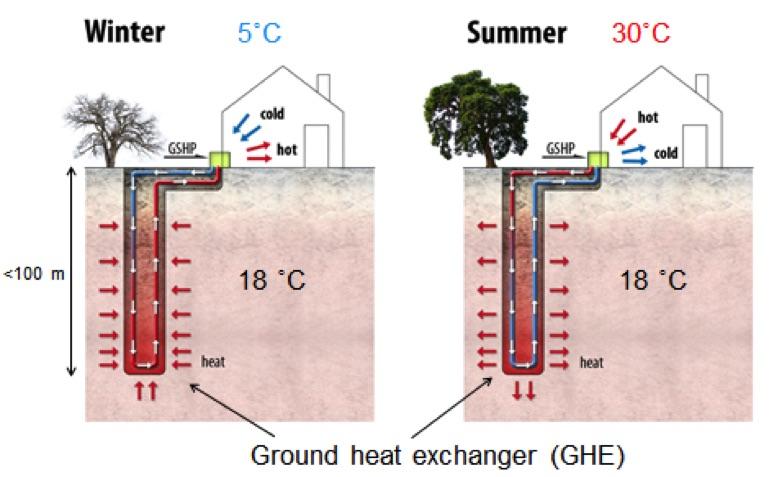

The top of the geothermal gradient is influenced by atmospheric temperature. Heat production was twice that of present-day at approximately 3 billion years ago, resulting in larger temperature gradients within Earth, larger rates of mantle convection and plate tectonics, allowing the production of igneous rocks such as komatiites that are no longer formed. (The exact value depends on the density profile in Earth.) Because much of the heat is provided for by radioactive decay, scientists believe that early in Earth's history, before nuclides with short half-lives had been depleted, Earth's heat production would have been much higher.

The inner core is thought to have temperatures in the range of 4000 to 7000 K, and the pressure at the centre of the planet is thought to be about 360 GPa (3.6 million atm). The major heat-producing nuclides in Earth are potassium-40, uranium-238, uranium-235, and thorium-232. These are all equivalent.Įarth's internal heat comes from a combination of residual heat from planetary accretion, heat produced through radioactive decay, latent heat from core crystallization, and possibly heat from other sources. In SI units, the geothermal gradient is expressed as ☌/km, K/km, or mK/m. Strictly speaking, geo-thermal necessarily refers to Earth but the concept may be applied to other planets. The effects of weather, sun, and season only reach a depth of approximately 10-20 metres. However, in some cases the temperature may drop with increasing depth, especially near the surface, a phenomenon known as inverse or negative geothermal gradient. As a general rule, the crust temperature rises with depth due to the heat flow from the much hotter mantle away from tectonic plate boundaries, temperature rises in about 25–30 ☌/km (72–87 ☏/mi) of depth near the surface in most of the world. Geothermal gradient is the rate of temperature change with respect to increasing depth in Earth's interior. The lithosphere is less than 300 km thick.

410 refers to the top of a "transition zone" in the upper mantle. Temperature profile of inner Earth, schematic view ( estimated).


 0 kommentar(er)
0 kommentar(er)
